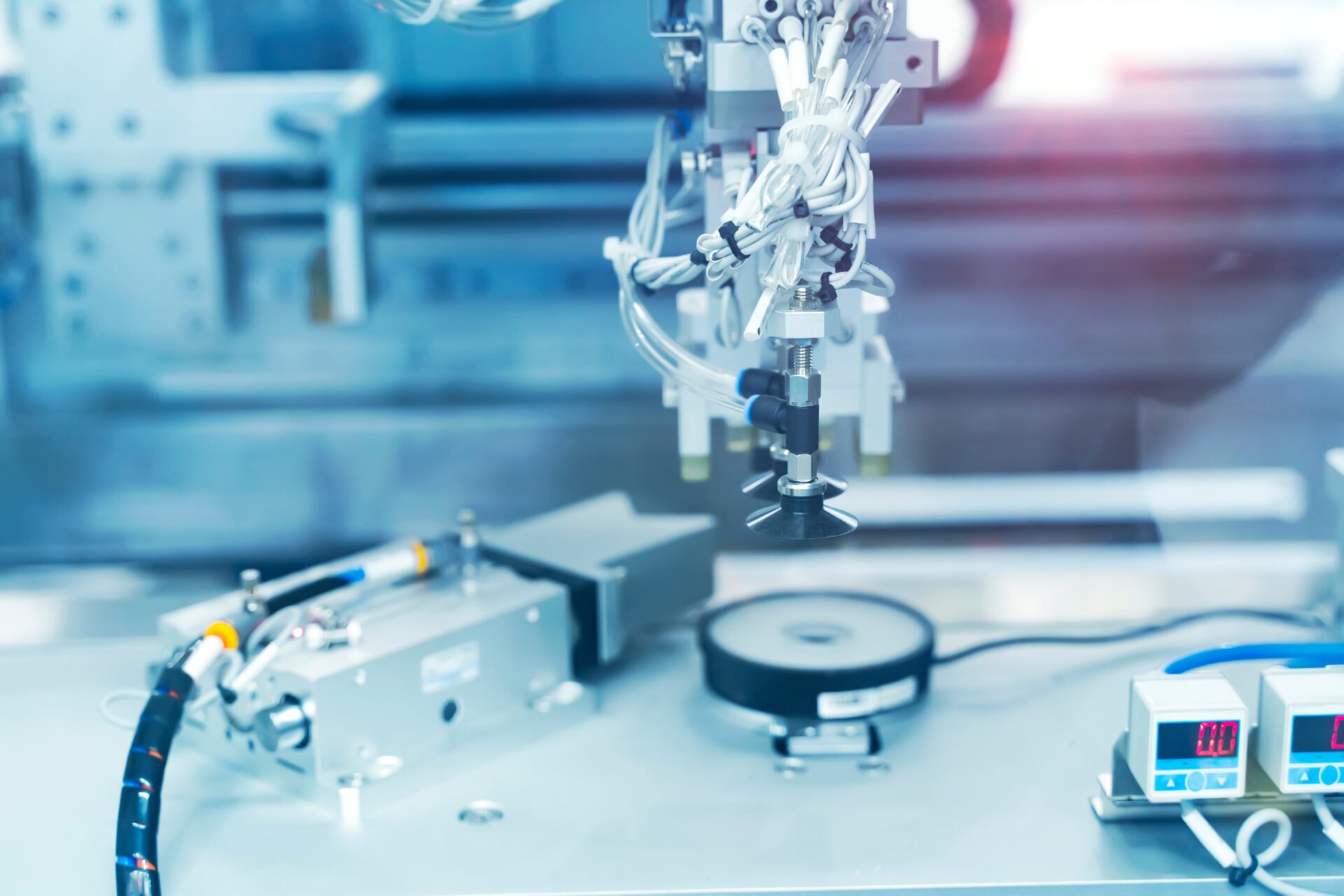Computer vision for part identification and inline quality inspection automation
The advancements in automotive technology have helped revolutionise the manufacturing industry. Despite the advances made, quality control remains predominantly reserved for humans. However, manual part identification an...

The advancements in automotive technology have helped revolutionise the manufacturing industry. Despite the advances made, quality control remains predominantly reserved for humans. However, manual part identification and quality checks can cause major bottlenecks. Decreased output and tentative production timelines are commonplace in manual-focused factories. Through the use of computer vision for inline quality inspection, this process can be completely updated.
Traditional approaches
Traditional inspection systems can cause a multitude of problems for enterprises. Not only are factors such as similarity problematic for manual checks, these systems also introduce human error into the process. Other issues with manual checks include:
- Scalability issues: anomalies can go undetected when a large assembly of products is being inspected
- Time-consuming: to minimise the risk of human error, multiple inspections are required
- Mismatching: a larger number of faulty products can be missed when a significant amount of similar products are present
Gemmo AI is working with manufacturers to help address these challenges. We optimise computer vision software for part identification and inline quality inspection.
When inaccurate part identification affects quality compliance
Inaccurate part identification during manufacturing inevitably causes a chain reaction that harms the manufacturer’s reputation as well as finances. These errors have serious consequences, as they may lead to the manufacturing and distribution of product batches that are flawed or mismatched.
As a result, the customer’s faith in the manufacturer can be seriously damaged when these faulty products are delivered, making the situation especially problematic. Customers’ reluctance to keep doing business with a company that has a reputation for inconsistent quality can have a long-lasting impact on the business.
Even worse, correcting these mistakes frequently requires a large time and resource commitment, which makes the issue worse. In addition to locating and fixing the defective products, the correction process may entail putting preventative measures in place, which can be difficult and resource-intensive.
Our experience
We have seen companies suffer at the hands of inaccurate processes. For example, one of our customers working in the field of aerospace manufacturing found that a significant percentage of their product batches were mismatched before reaching the assembly phase.
The procedures they were using failed to identify certain anomalies among similar products. As a result, they were forced to perform multiple manual checks. However, defective or incorrect products still made it through the inspection process. This was the result of human error, which is unavoidable, regardless of discipline.
Such occurrences highlight the difficulties and complexities that come with upholding manufacturing quality compliance. This is especially so when working with big quantities of comparable products.
The challenge of identifying many similar parts
Manufacturing is a standards-driven industry. Customers expect compliance, accuracy, and even perfection in today’s market. In certain industries, perfection is even critical.
Imagine you are developing products for medical devices or automobiles. In this case, a faulty part could quite literally mean the difference between life and death. However, there is a significant barrier in the path of accomplishing this degree of perfection.
It is difficult to achieve the level of precision needed in manufacturing processes to ensure that each and every part fulfils the highest quality standards. These strict requirements may be beyond the reach of traditional quality control and part identification methods, which frequently rely on human inspection.
Automating part identification and inline quality inspection could be the answer. Computer vision and deep learning technology are viable solutions to these challenges.
The benefits of automatic computer vision for inline quality inspections
Many manufacturers are already utilising lean manufacturing principles. By doing so, they increase their throughput and overall efficiency. However, they often overlook computer vision as part of their quality assurance strategy.
Manufacturers remain hesitant to make the leap to automation for a number of reasons. One of the main hesitations is the difficulty in digitising an ecosystem that has always been human-led. However, the benefits of automating systems of part identification and inline quality inspection are undeniable.
The use of automated systems for part identification and quality inspection is a progressive strategy. It meets the changing needs of the contemporary market in a sector where accuracy and dependability are critical.
Therefore, even though the transition to an automated, digital system may come with some initial difficulties, the long-term advantages it provides in terms of effectiveness, precision, and product quality are indisputable.
The incorporation of said technologies only increases productivity but also yields a marked improvement in overall product quality. Such benefits demand manufacturers give it careful thought.
Such benefits include:
- Reduced cost. Employing staff for multiple rounds of quality inspection is a huge expense. Automated inspection is usually performed at a fraction of the price.
- Increased efficiency. Automated inspection means you can run more parts per day than you ever could before. You won’t have staff taking breaks or losing focus. Operations will also be simplified for workers operating and monitoring the production line.
- Improved quality. Computer vision systems can help nail down accuracy and quality. Products are more likely to make it through the chain of production defect-free. Computer vision technology can capture inexhaustible amounts of multi-dimensional data. Using this data, quality control can be performed almost flawlessly.
- Better tracking. The ability to track and trace parts helps streamline processes. Manufacturers will be able to visually track and control production on the line with computer vision.
- Stronger reputation. It goes without saying that a strong reputation relies on consistently high-quality products. Beyond that, customers may also feel more at ease buying from a company using top-of-the-line automated technology. Customers are also more likely to trust a company with an in-house production system.
Deep learning and computer vision for inline quality inspection
Through image analysis, computer vision can determine the nature of any product type. With deep learning, computer vision systems can identify minuscule differences in products.
These models use real-time data from sensors and cameras to conduct quality control procedures. Therefore, the accuracy of these algorithms can accurately forecast operational outcomes. From this, business are capable of optimising their processes.
When working with large volumes of products, a multi-camera system can be installed. This system is positioned at the beginning and end of a production line. It ensures that all parts are carefully identified and tracked. A comprehensive system like this ensures products do not get sorted into the wrong batches.
The importance of computer vision solutions
Computer vision and deep learning solutions are critical to smart manufacturing. While these models may not be a one-size-fits-all solution for every production line, the benefits are undeniable. For example, computer vision provides a precision and consistency in quality control that is hard to attain with manual processes.
With the aid of this technology, flaws and inconsistencies can be found with a level of accuracy that greatly exceeds human capacity. Additionally, automating the process of identifying parts streamlines the production line as a whole, decreasing the possibility of bottlenecks during manual inspections.
Gemmo AI can help
At Gemmo AI, we understand that accuracy is a critical objective on the factory floor. We design bespoke computer vision solutions for inline quality inspection. Make human error a thing of the past and consider making the leap to computer vision.
Author: Johanna Walsh
Check out our other articles:



